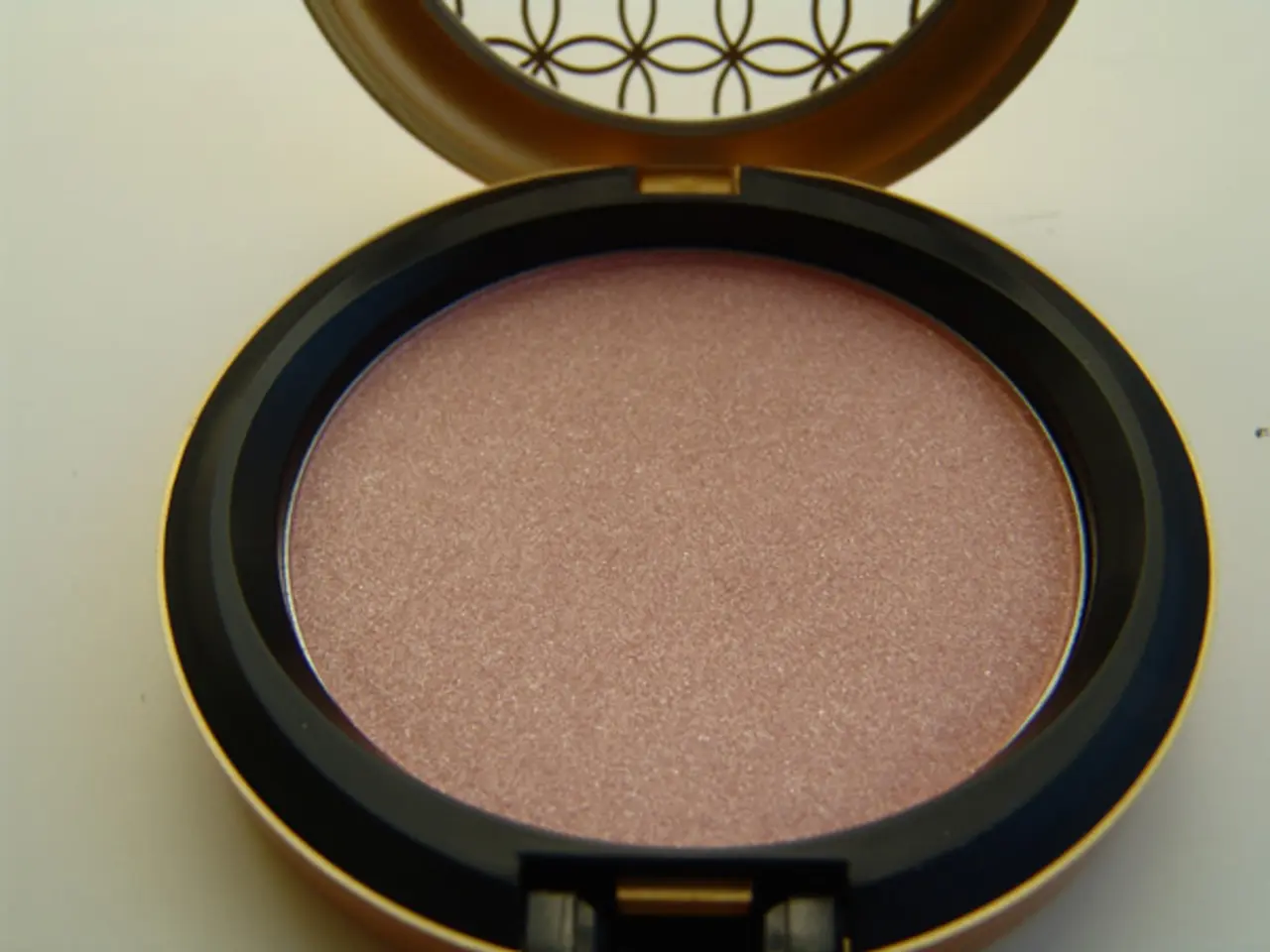Everything You Need to Know About Rose Gold: A Complete Overview
In the world of precious metals, rose gold has been captivating hearts for centuries, with its unique blend of durability, beauty, and versatility. This article aims to shed light on the intricacies of rose gold, from its composition to its care, and help you make an informed decision when selecting this timeless jewelry choice.
Rose gold is a precious metal alloy made primarily of gold, copper, and trace amounts of silver. The standard blend contains 75% gold, 25% copper, and a smattering of silver, giving it its distinctive pink hue and enhancing its durability.
When choosing rose gold jewelry, several factors come into play. These include the karat weight (18K vs 14K), skin tone compatibility, style options, budget considerations, and intended usage.
14K rose gold, with about 58.3% pure gold mixed with approximately 41.7% copper, offers a deeper pinkish-red hue and increased durability, making it an ideal choice for everyday wear. On the other hand, 18K rose gold, composed of roughly 75% pure gold and 25% copper, boasts a softer texture and a lighter, more subtle pink tone, making it a luxurious yet still durable option for jewelry pieces.
The copper content is the key factor defining the warm, romantic pinkish-red color of rose gold. More copper results in a richer, redder tone, while less copper leads to softer shades. The addition of silver or zinc helps improve workability and slightly modifies the hue, often softening the intensity of the pink.
Rose gold's versatility extends beyond jewelry, gracing modern electronics, architectural details, and high-end accessories. Its historical background dates back to Imperial Russia, where it earned the nickname "Russian Gold" due to its popularity, particularly during the reign of Carl Faberge.
Proper maintenance of rose gold involves simple practices like using warm water and mild soap for cleaning, storing pieces separately, and keeping them in a cool, dry place away from direct sunlight. For professional maintenance, annual inspections, deep cleanings, setting checks, surface refinishing, and complements a daily maintenance routine are recommended.
In summary, rose gold stands as one of the most versatile precious metals in terms of skin tone compatibility, enhancing its beauty across all complexions. By understanding the core factors involved in rose gold jewelry, you can make an informed decision when selecting this timeless and enchanting choice, ensuring a piece you'll treasure for years to come.
This versatile precious metal, rose gold, can be found not only in jewelry but also in fashion-and-beauty items, home-and-garden décor, and even modern electronics. With its unique ability to complement various complexions due to its range of pinkish-red hues, it's no wonder that this intriguing alloy, with its blend of gold, copper, and sometimes silver, has become a timeless lifestyle statement.




